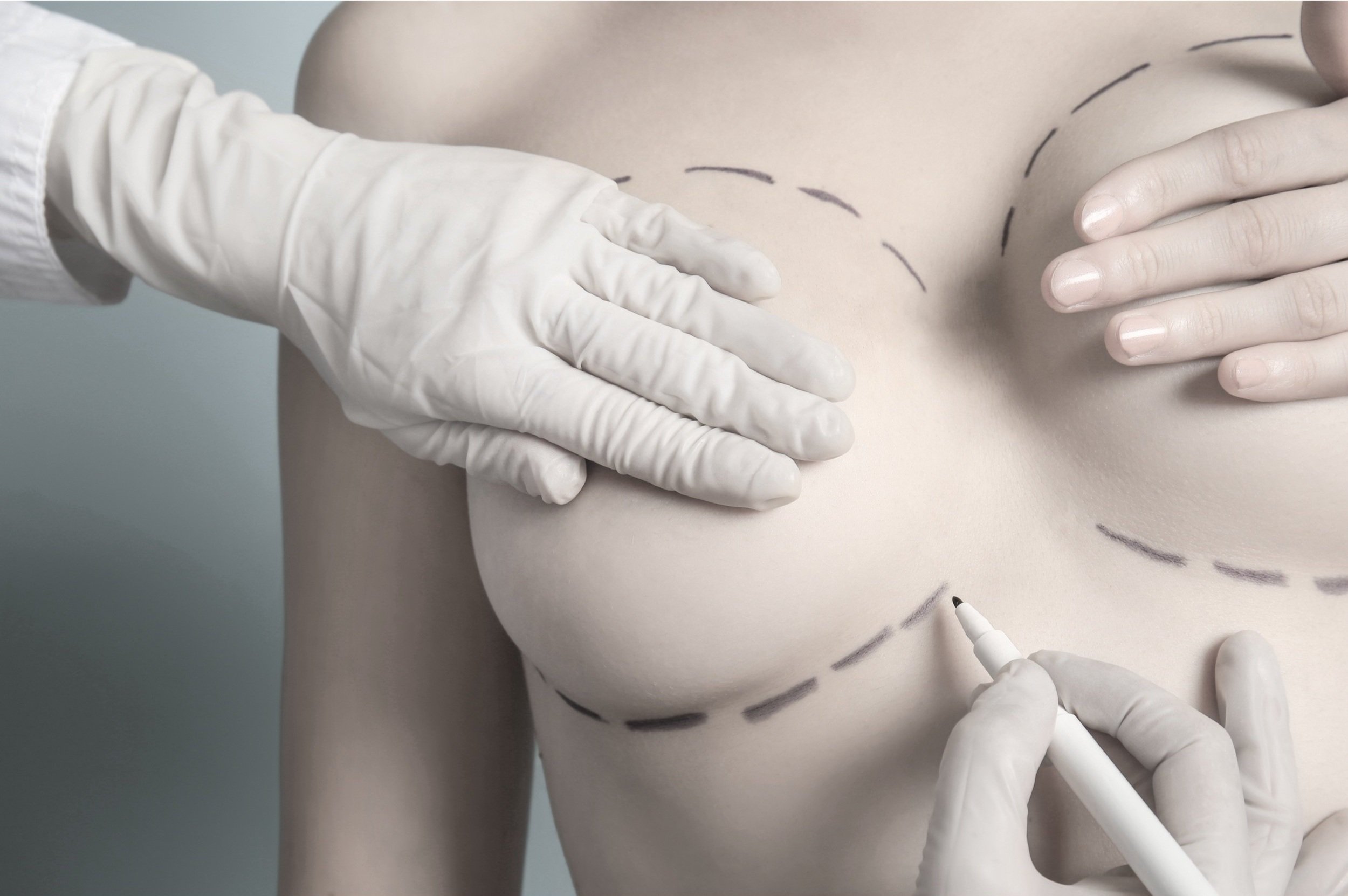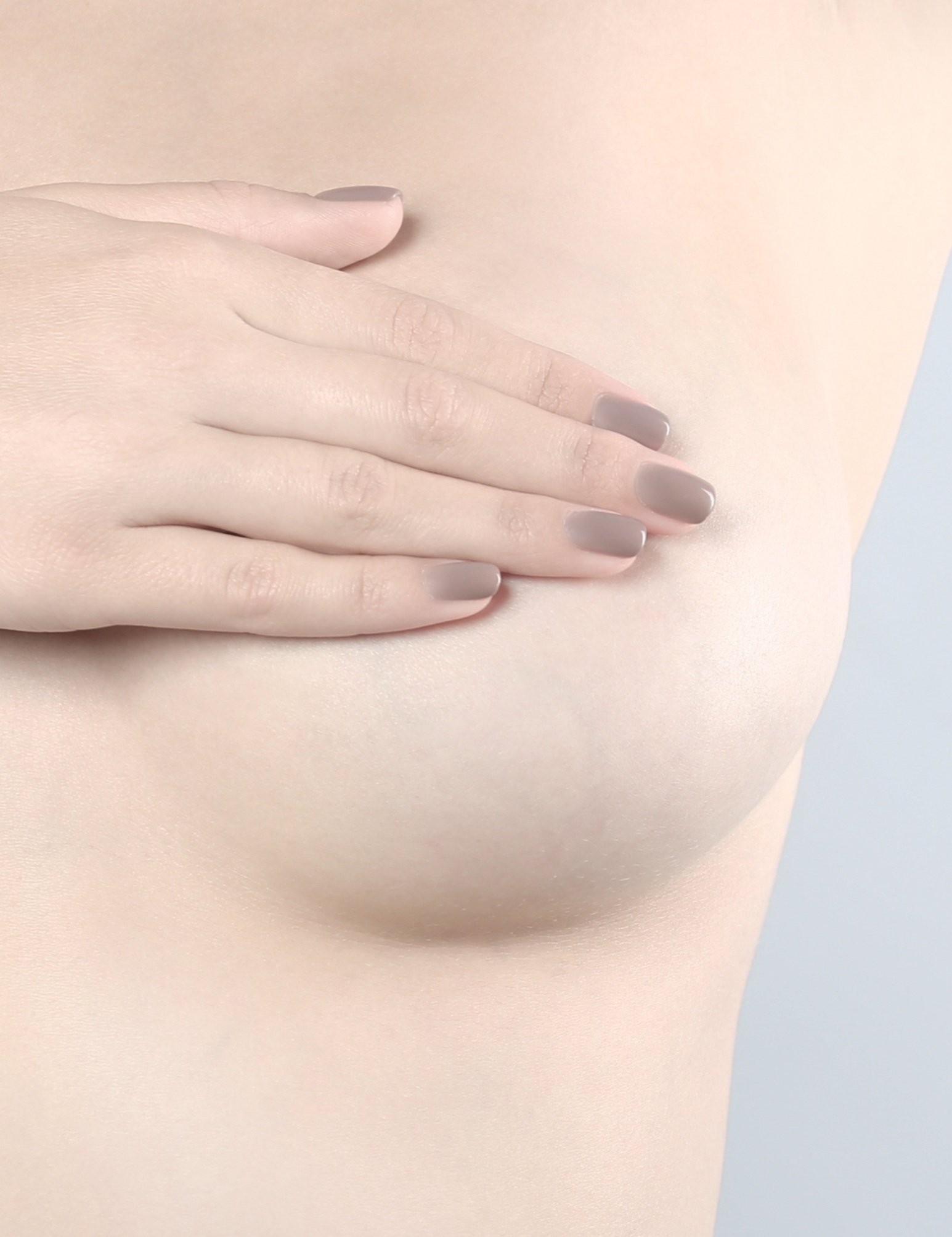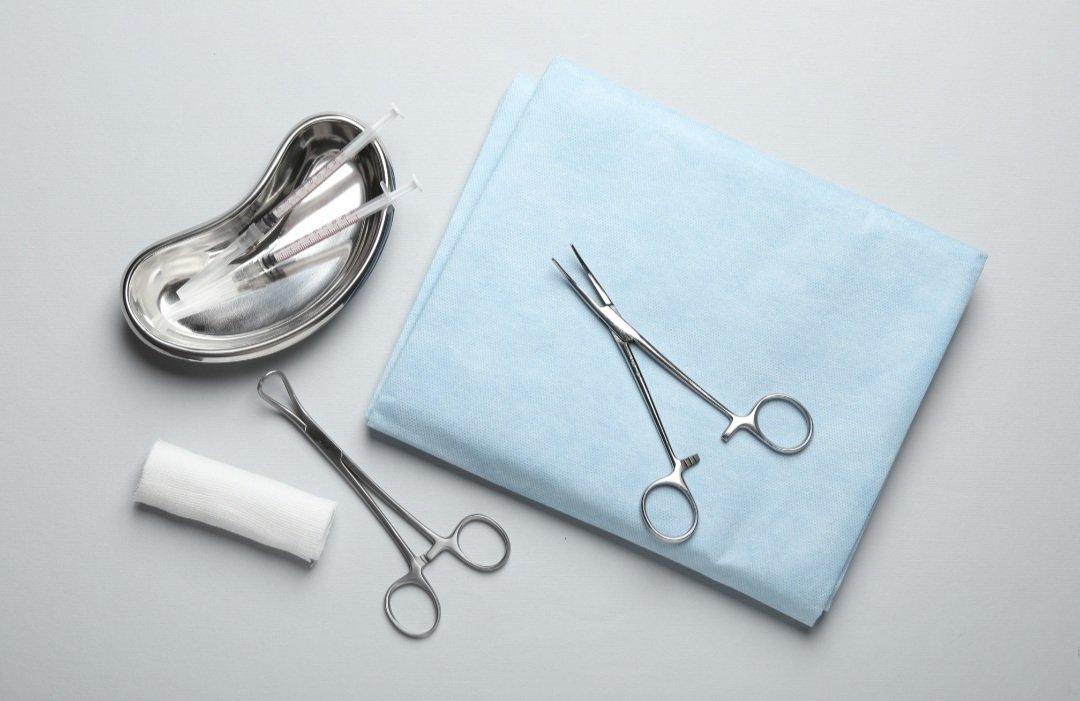Procedures: Reconstructive Surgery
Free Flap Surgery
Free flap surgery is an advanced microsurgical reconstruction technique used to restore complex defects following trauma, cancer treatment, or congenital abnormalities. This procedure involves transferring healthy tissue—including skin, muscle, fat, or bone—from one part of the body to another, ensuring both function and aesthetics are restored.
Using specialised microsurgical techniques, the surgeon reconnects blood vessels to maintain tissue viability in the recipient area. Free flap surgery is commonly used in head and neck reconstruction, breast reconstruction, and limb salvage procedures. While recovery varies depending on the extent of surgery, most patients experience significant improvements in both function and appearance, helping them regain confidence and mobility.
Lower and Upper Limb Reconstruction
Severe injuries, infections, tumors, or congenital defects can lead to tissue loss and functional impairment in the arms or legs. Limb reconstruction surgery is designed to restore form, function, and mobility, helping patients recover from trauma, fractures, or soft tissue loss.
Surgical techniques may include skin grafts, muscle flaps, bone grafting, and microsurgery to reconstruct damaged areas. The procedure is highly customized based on the severity of the injury and may require multiple staged surgeries. With proper rehabilitation, patients experience improved mobility, reduced pain, and a better quality of life.
Breast Reconstruction
For patients who have undergone a mastectomy or lumpectomy due to breast cancer, breast reconstruction surgery helps restore the shape, size, and symmetry of the breasts, improving self-confidence and emotional well-being.
Breast reconstruction can be performed using autologous tissue (flap surgery), implants, or a combination of both. Techniques such as DIEP flap, TRAM flap, and latissimus dorsi flap use the patient’s own tissue for a more natural result. Some patients opt for immediate reconstruction at the time of mastectomy, while others choose delayed reconstruction after completing cancer treatment. The outcome is a restored, natural-looking breast, helping patients feel more like themselves again.
Nipple Reconstruction
Following breast reconstruction, some patients choose to undergo nipple reconstruction surgery to recreate the appearance and projection of the nipple. This procedure is typically performed a few months after breast reconstruction, allowing the new breast tissue to settle.
Nipple reconstruction can be achieved using local tissue rearrangement, grafting, or 3D tattooing techniques for a natural-looking result. While sensation may not fully return, the aesthetic improvement helps many patients feel more complete after breast cancer treatment.
Chronic Wound Treatment and Reconstruction
Chronic wounds—such as non-healing ulcers, pressure sores, diabetic foot wounds, and radiation-induced injuries—require specialised care to prevent complications and restore tissue integrity. When standard wound care is not sufficient, plastic surgical intervention may be necessary to promote healing and function.
Treatment options include skin grafts, tissue flaps, and negative pressure therapy, depending on the wound’s severity. The goal is to close the wound, improve circulation, and prevent infection, ensuring long-term healing and improved quality of life.








